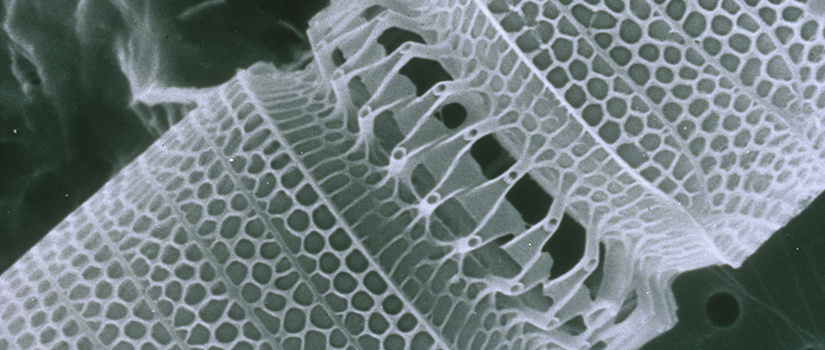Posted March 21, 2016
Nanotubing image via CSIRO / Wikimedia Commons
By Dr. Shannon Bowen, head of the public relations sequence
Reprinted with permission from PRWeek
As a responsible public relations professional, you try to be proactive, keeping up with changes in technology and the resulting demands from your organization or clients. More companies are becoming involved in nanotechnology, and PR pros should not treat the subject as some black hole from which to run. Issues surrounding nanotechnology will have to be dealt with, from media relations to issues management to ethics. Like neurotechnology, the field of nanotechnology is growing at an exponential rate. It is so new that no one is really sure what development will come next — nanotech researchers are currently developing specialty areas such as nanobiology, nanopharmacology, and nanorobots.
Before getting into the issues for public relations, one must understand what nanotechnology really is.
Nanotechnology, in the general definition, is the manipulation of matter on an atomic, molecular, and supramolecular scale. A definition from a mechanical viewpoint is the "engineering of functional systems at the molecular scale." The term "nano" refers to one nanometer, which is one billionth, or 10-9 of a meter. For reference, there are 25,400,000 nanometers in an inch and a sheet of newspaper is about 100,000 nanometers thick. In other words, the nano is extremely small.
Maybe your organization or client has no interest in nanotechnology yet, but as an up-to-date PR pro, you should be able to help separate myth or fear from fact if needed. The implications of nanotechnology in the medical field alone are numerous. In the book The Future of the Mind, physicist Michio Kaku writes of nanobots:
"On the surface, the nanobot is simple: an atomic machine with arms and clippers that grabs molecules, cuts them at specific points, and then splices them back together. By cutting and pasting various atoms, the nanobot can create almost any know molecule, like a magician pulling something out of a hat. It can also self-reproduce, so it is necessary to build only one nanobot. This nanobot will then take raw materials, digest them, and create millions of other nanobots."
Nanobots, as envisioned by Kaku, could target cancer cells, or be used to create genomic perfection — designer children.
If the burgeoning promise of nanotechnology becomes a reality, do you see any public relations or ethical issues for your organization or clients? There’s already a new area of ethics called nanoethics to address some of these issues. Books on the subject are already available. The simple definition of nanoethics is discussion and application of ethics to ethical and social concerns related to nanotechnology. Here are nine such ethical and social issues:
Research ethics
Are some research projects, such as military projects, too dangerous to pursue?
Replicating viruses
Capable of germ warfare and world-wide pandemics.
Genomics, human cloning, and DNA manipulation
Perfection? Eradication of disease? Life extension? Pets can already be cloned.
Intellectual property related to patents
Humanitarianism
Can issues such as poverty, hunger, energy, and access to water be solved by nanotechnology?
Biological nano cures
Who should receive them, and at what cost?
Nano surgery
Already in experimental phases.
Nano medications
In addition to safety, this also raises privacy concerns about tracking. Human trials
of such drugs begin in about two years.
Nano manufacturing
What environmental issues will be encountered?
The above few issues are, of course, not intended to be exhaustive, but they give you an idea of some of the points for discussion. Many organizations will need to develop policies on nanotech and its acceptable uses.
The reality of the nano world brings an almost unlimited number of questions that will need to be addressed with logical thought and strong ethical practices. The PR pros will be faced with a vast quantity of complex ethical and social choices. We can still trust the sound reasoning of principle-based ethics and the use of ethical decision-making models to arrive at reasoned ethical answers based on duty, dignity, respect, and good intention.
Soon, nanotech will be unavoidable. It will cut across vast sectors of industry, from computing to defense to mechanical engineering of consumer products. All these business sectors will need communication about safety protocols, privacy concerns, public policy, regulation and lobbying, and the pros and cons of using nanotech. Public relations for the nano world will become huge — figuratively speaking.
